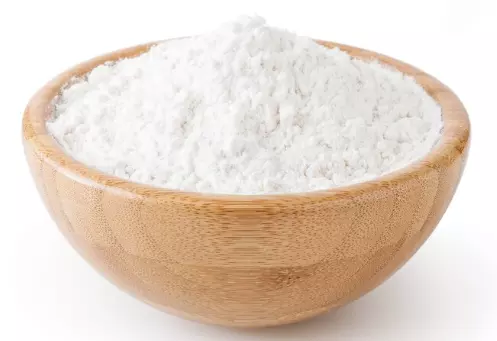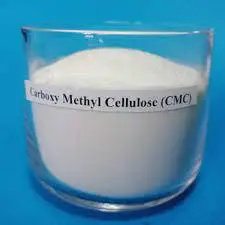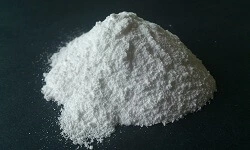Soda Ash Light (99,2%) - China
|
IUPAC Name |
: Disodium Carbonate |
|
Cas Number |
: 497-19-8 |
|
HS Code |
: 2836.20.00 |
|
Formula |
: Na2CO3 |
Basic Info
|
Appearance Name |
: White Crystal Powder |
|
Common Names |
: Soda Ash Light |
|
Packaging |
: 40 kg PP/PE bags |



---china.webp)


